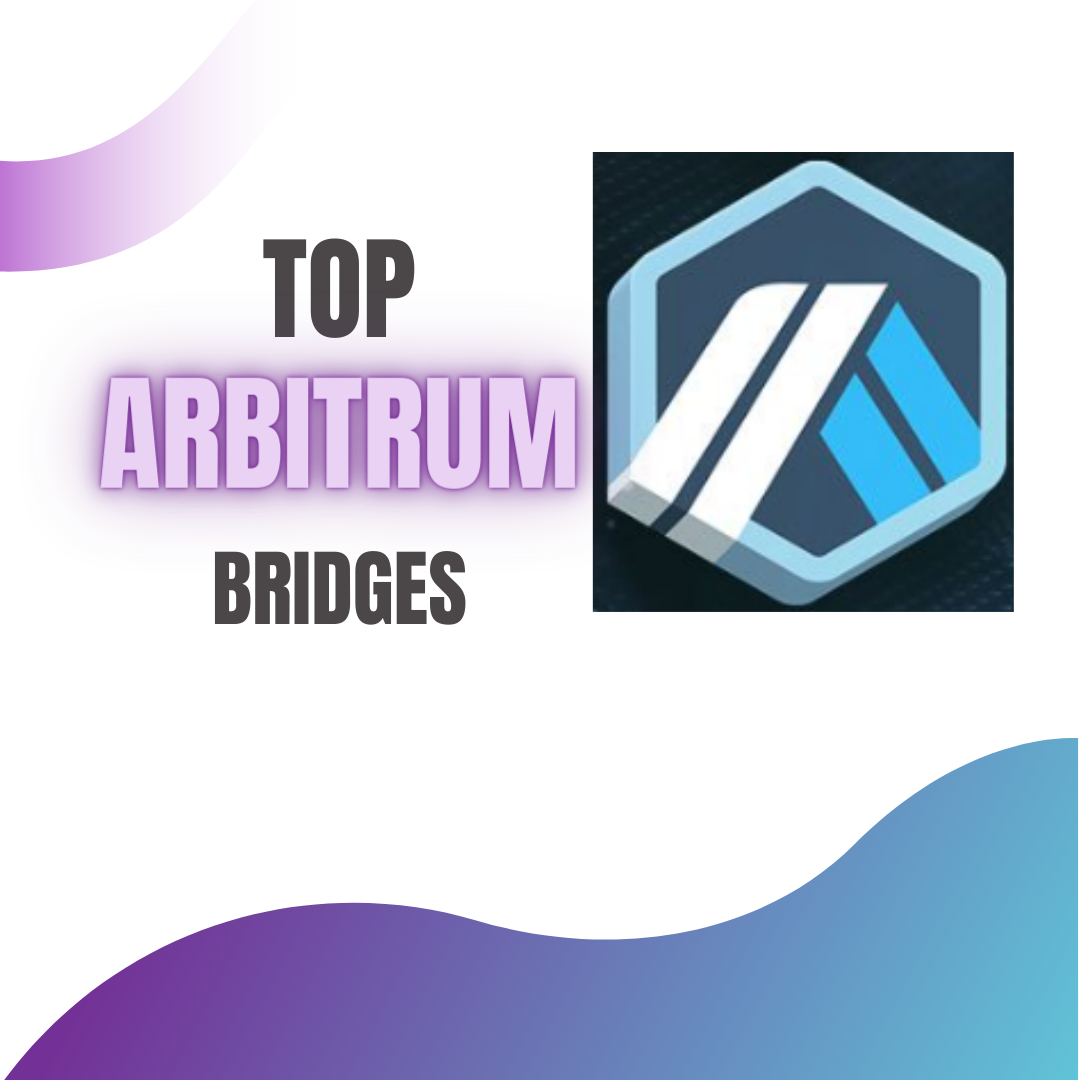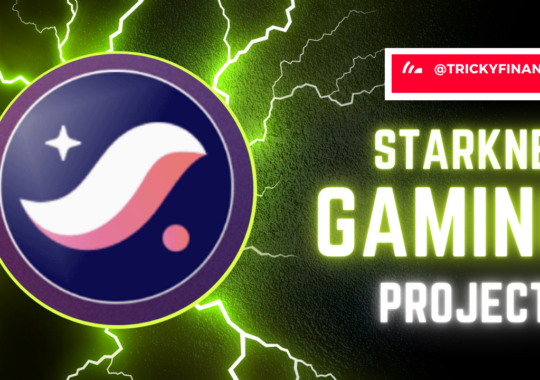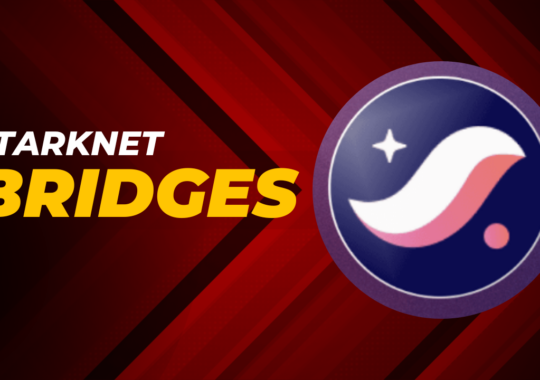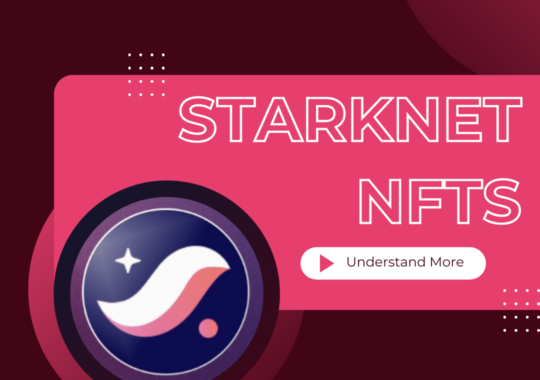Blockchain networks have indeed transformed the way we conduct transactions, yet their isolated structures often present hurdles for cross-network communication. This is where Arbitrum bridges emerge as the unsung heroes, bridging the gap between diverse blockchain ecosystems. These innovative protocols serve as the cornerstone of seamless interoperability, empowering users to effortlessly traverse various crypto networks using tools like Metamask. In this all-encompassing guide, we’ll unravel the complexities of Arbitrum bridges, delve into their functionalities, and elucidate how they enable users to transfer assets across different chains. Whether you’re a seasoned crypto enthusiast or a curious newcomer, let’s embark on an exploration of the captivating world of Arbitrum bridges!
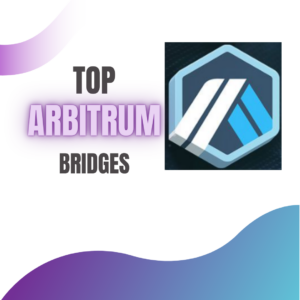
The specifics of Arbitrum bridges
The Arbitrum Bridge acts as a crucial connector between Ethereum Layer 1 (L1) and Arbitrum Layer 2 (L2). Picture it as a secure gateway facilitating the seamless movement of assets—be they native tokens or bridged assets—between these two layers. Serving as Ethereum’s scalability solution, Arbitrum substantially boosts transaction speed while maintaining minimal transaction fees. To utilize the bridge, simply integrate either the Arbitrum One or Arbitrum Nova network into your digital wallet, and you’re all set to bridge your ETH tokens. Whether you’re a DeFi enthusiast, a dApp developer, or an eager explorer, grasping the nuances of Arbitrum bridges unlocks a realm of possibilities in the decentralized landscape. Let’s delve deeper into this transformative technology!
Top 7 Arbitrum Bridges for 2024
1. The Synapse Protocol
It is a widely adopted, versatile, and secure network for cross-chain communication. It consists of a framework for messaging across different blockchains and a method for achieving consensus on the validity of transactions spanning these chains. This empowers developers to create truly native cross-chain applications. Synapse facilitates the movement of assets, execution of smart contracts, and management of NFTs across chains. Developers can leverage Synapse to construct native cross-chain automated market makers (AMMs), lending platforms, derivative markets, yield aggregators, and more.
2. The Multi-Chain Bridge
The Multi-Chain Bridge serves as a protocol for routing transactions across different blockchains, enabling users to conduct transfers with zero slippage and eliminating the hidden costs often associated with automated market makers. It enables seamless swapping between any two chains, reducing fees and simplifying cross-chain transactions. When transferring assets across chains, the Multi-Chain Bridge employs a standard mechanism for pegging certain coins and tokens. This infrastructure is envisioned to evolve into the premier routing system for the decentralized web
5. WAN Bridge
6. Hyphen
Conclusion
In summary, Arbitrum bridges revolutionize blockchain interoperability by seamlessly connecting Ethereum Layer 1 and Arbitrum Layer 2. These bridges, like Synapse Protocol, Multi-Chain Bridge, cBridge, Poly Network, WAN Bridge, Hyphen, and DeFiWay Bridge, enable swift asset transfers and interaction with decentralized applications. Their collective impact propels the blockchain industry forward, offering users enhanced speed, reduced fees, and expanded possibilities in decentralized finance and beyond. Arbitrum bridges exemplify the ongoing innovation driving blockchain technology toward greater accessibility and utility.
Read More:
- Arbitrum DEX: All you need to know!
- What are Arbitrum Wallets? The top Arbitrum Wallets for you
- Arbitrum Gaming Projects: Choose the best!
Princy Agarwal, a postgraduate in English from Delhi University, writes content for Tricky Finance, where they simplify complex financial topics for readers. With a knack for clear communication, Princy’s work helps make finance understandable and accessible to all.
